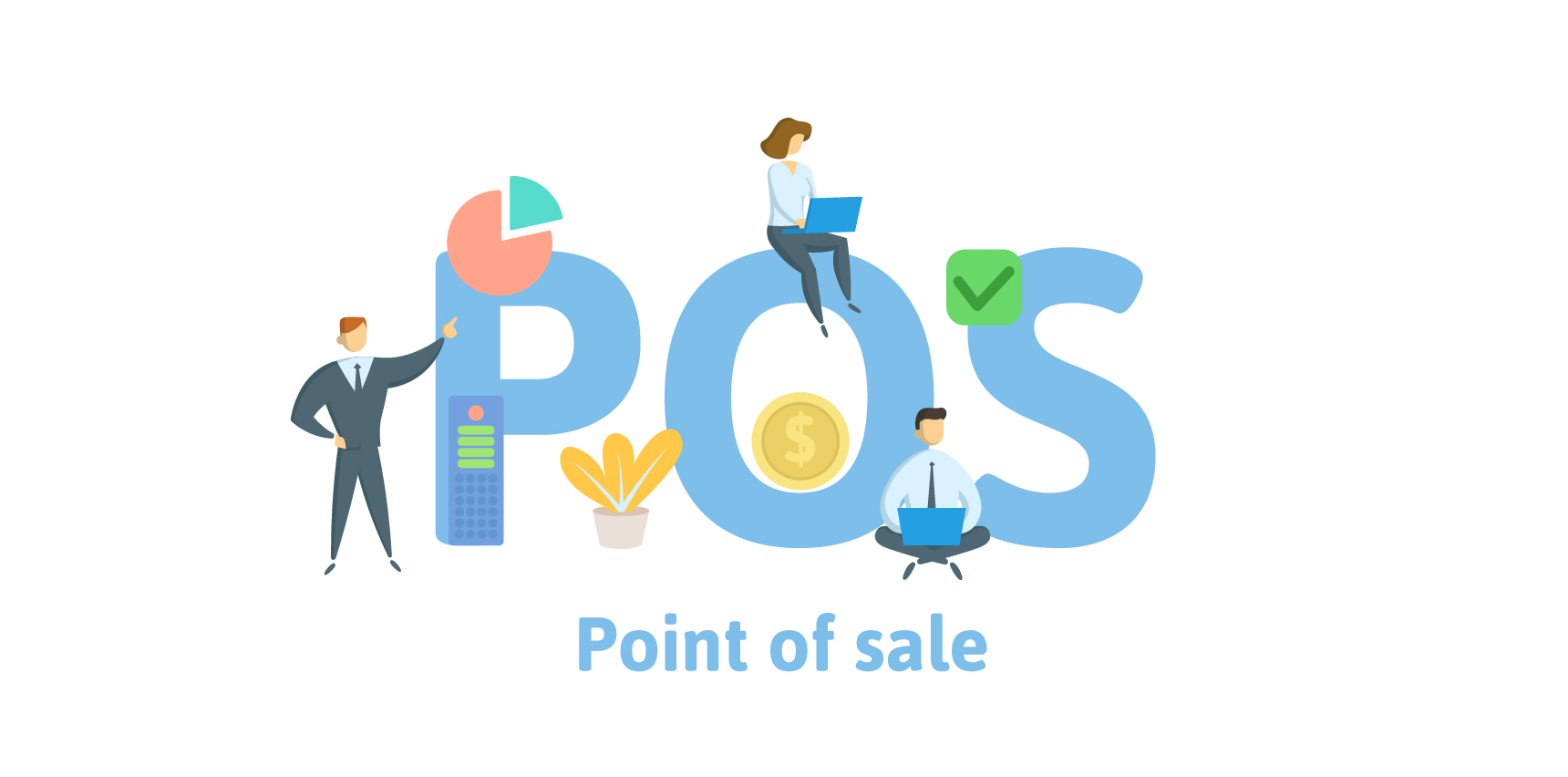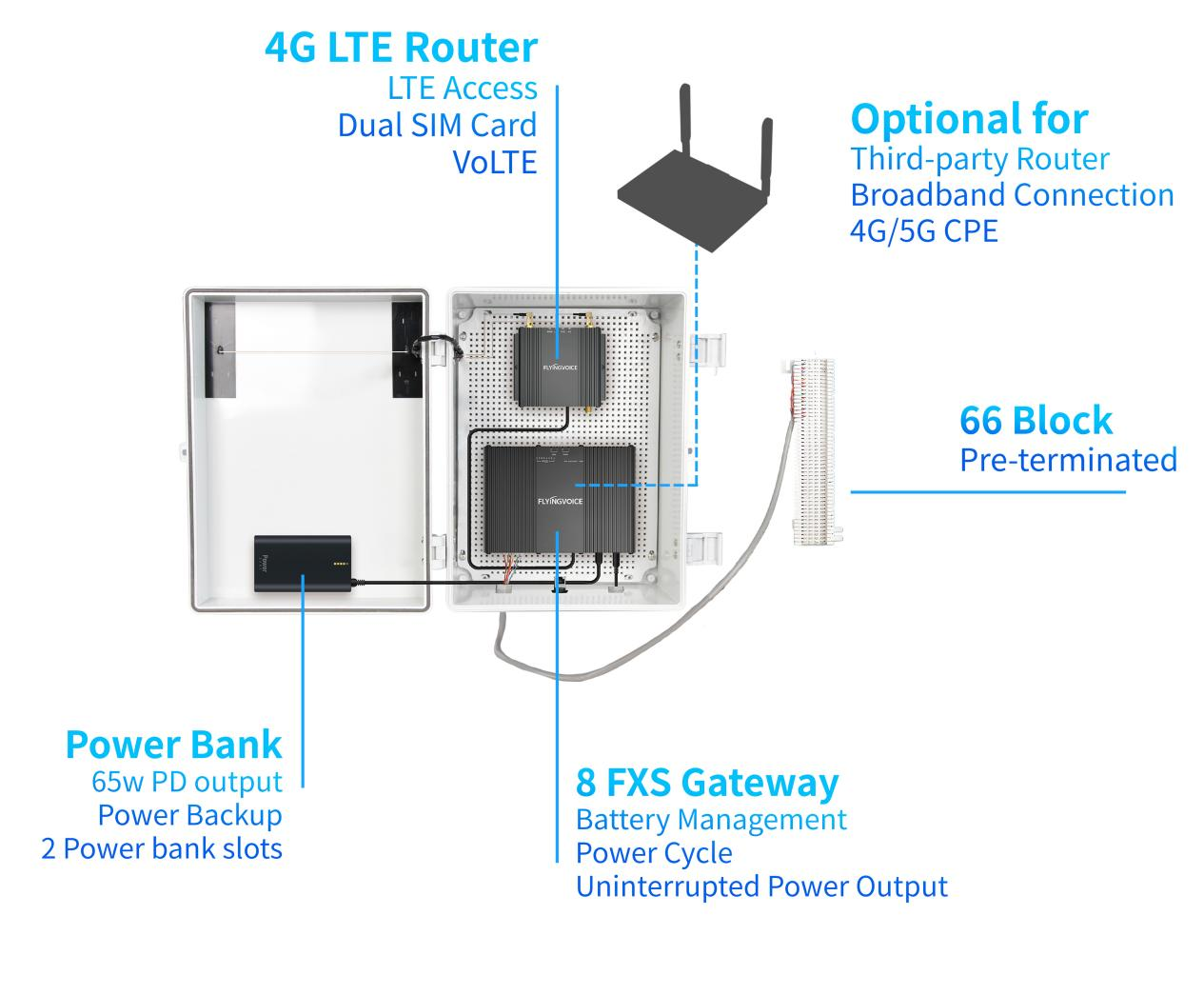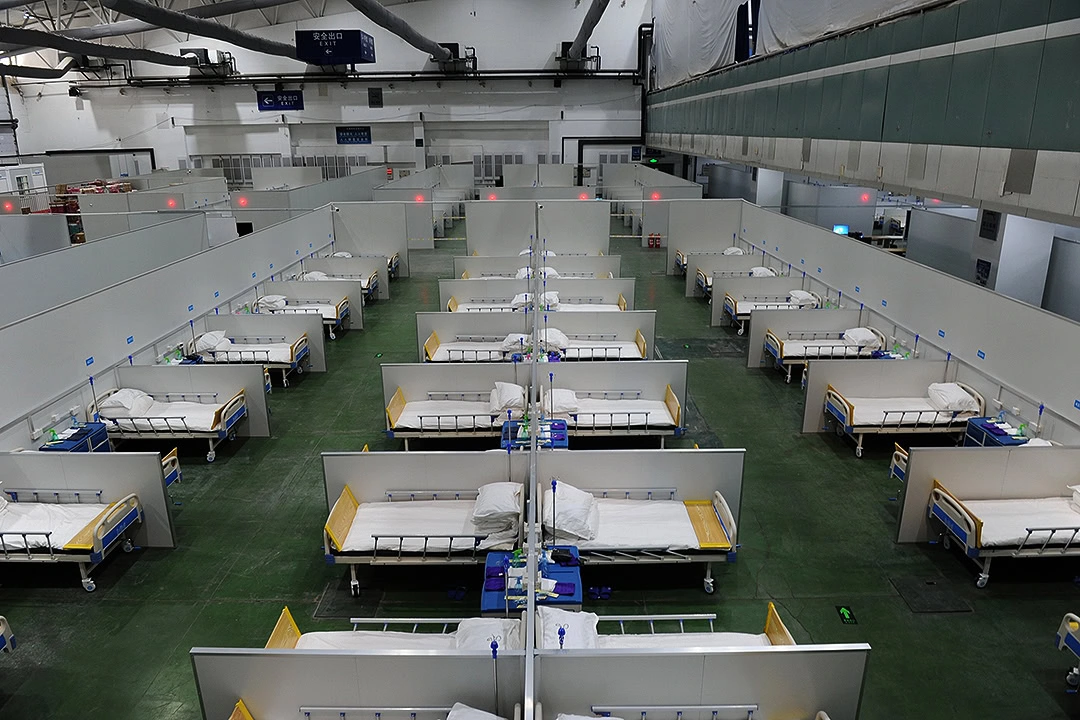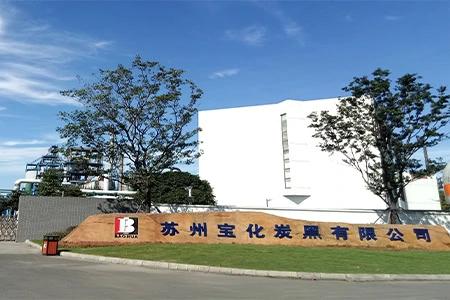
Introduction to POS Systems
Point Of Sale (POS) is devices that enable merchants to process payments and log transactions. It is one of the most largely used applications by everyday consumer. Anytime you pay with a credit/debit card there is a modem (dial-up or broadband) behind it, transferring that data and returning an approval or a denial signal quickly. And in the case of dial-up solutions, there will be significant less costs associated.

Advantages of Dial-Up POS Systems
Dial-up POS systems are easy to set up and typically only require a telephone line to start accepting payment. Due to its easy deployment and cost-effective performance, dial-up POS system has become the most widely used POS system in the United States.

Before the telecom provider rise the cost of POTS lines, modem is ideal for applications where an “always-on” connection is not required, for example, minimal data and speed requirements, consideration on associated cost with setup, and requirement for security of an on-demand connection.
Firstly, the most current modem will transfer data up to 56 Kbps, but the POS systems don’t always require that kind of speed. Transactions are normally at small volume and may only require 300 bps or up to 2.4 Kbps.
Consequently, small amounts of data and minimal speeds needed, the dial-up solution can be much cheaper to implement. In addition, the nightly transaction summaries sent out can be scheduled during off peak hours which can also save even more money.
What’s more, on-demand connection also ensures better security. The “always on” broadband connection means the computer and POS system is constantly connected to the Internet, which makes hacking and security breaches a higher threat. With dial-up POS, the computer is only connecting to the Internet with just enough time to complete the transaction, greatly reduce the chance of being hacked.
Even though we know the POTS lines are suitable for this type of application, but the rising cost and old copper infrastructure phasing out make this old solution more and more difficult to keep alive. We need to turn to the next generation digital communication, e.g. Voice over Internet Protocol (VoIP), it provides more flexibility and easy communication method through Internet.

Potential Issues with POS Machines on VoIP
However, you may occasionally run into problems when you use a POS machine with VoIP. A POS machine may fail to connect or may not find a valid number to complete a transaction.
1. Regularly, when you move to POTS replacement services, the VoIP account will register to Cloud PBX and transfer data via Internet/SIP trunk/PSTN to remote headquarters. The quality of service for the underlying carrier’s network is very sensitive to a modem call, only good quality could guarantee the complete transmission.
2. Make sure the POTS replacement ATA gateway provides good support on baud rate negotiation. POS modem call require low baud rate transmission, suitable baud rate support is the fundamental element for successful modem call.
3. Double check the POS machines are pre-set with a 10-digit numbers or 7-digit numbers, some devices are preprogrammed to dial only 7-digit numbers, so 10-digit numbers may fail. To help ensure a successful connection, remove the old phone numbers from the dialing pool.

Flyingvoice POTS Replacement Solution
With years of experience on POTS replacement solution, Flyingvoice POTS box provide stable wireless cellular internet access or connection to Internet via your current broadband and battery backup for emergency power outage. Flyingvoice ATA gateway provides dial tone for legacy modem, it was well designed to support modem-based applications (Point Of Sale, ATM, utility meters, vending machines, etc.). Move your stage with Flyingvoice POTS Replacement to ensure you an uninterrupted business!

- The Critical Role of POTS in Emergency and Remote Communications
- Flyinglink: Intelligent Management for LTE and VoIP Gateways
- Copper Networks Are Retiring - Is Your Business Ready for the Last-Mile POTS Replacement?
- Last-Mile Fax Disaster: How POTS Line Replacement Exposes Legacy VoIP Weaknesses
- Breaking the POTS-to-IP Barrier: Secure, Seamless Migration for Mission-Critical Devices













 Back to list
Back to list









